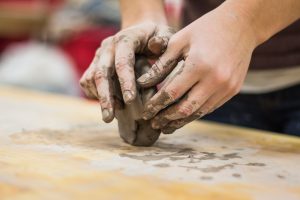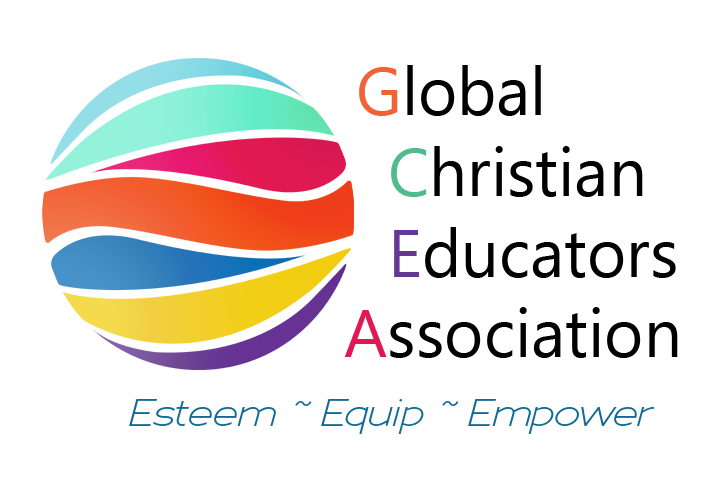Global Youth Conference Art Guidelines
Click here to download a pdf version of the Art Guidelines.
Entries must be the sole work of the student. Students are encouraged to draw from their own ideas for subject matter and composition. It is recognized that copying other artwork is one method of learning but should not be presented as the original work of the student. No use of transparencies/ projectors is permitted. All artwork must be free-hand.
Note: In ALL art categories, male and female contestants are judged together.
Checklist for Entries:
- Entries must arrive for judging in satisfactory exhibition condition. (See framing.)
- Judge’s Forms (CF35, CF36)—Three (3) copies for each entry must be completed and sub- mitted with the entry.
- Entries must have a tag identifier securely attached to the back with the following information:
- Category
- Student’s name
- School name
- School address, city, state/province, ZIP/Postal Code.
Note to Sponsor: Be sure the contestant enters the correct category. Review the judging criteria to see where points are given, and make sure the entry includes each point.
GCEA or GYC IS NOT RESPONSIBLE FOR LOST, STOLEN, OR DAMAGED ENTRIES.
Framing
All artwork must be enclosed in some type of frame except sculpture, woodworking, and metal- working. Mat board may be used in conjunction with a frame but is not considered a frame itself. ARTWORK MUST BE READY TO HANG WITH A HANGER THAT IS PERMANENTLY ATTACHED (e.g., screw eye picture hangers with picture hanging wire or sawtooth hangers nailed to the frame).
Packing
All contestants are responsible for the packaging, transporting, and proper handling of their own artwork. Minor touch-ups are permitted. No entry may exceed 40 pounds in weight or three feet in length, width, or height.
*TYPES OF ENTRIES
- Oil
- Watercolor
- Acrylics
- Sketching—any monochromatic sketching medium
- Colored pencils
- Pen and Ink—monochromatic pen or brush work
- Pastels
- Scrapbooking
- Sculpture
- Metalwork
- Wood Construction
- Wood Turning
- Woodcarving
BRUSH/PEN JUDGING CRITERIA Areas of Evaluation
Composition POSSIBLE POINTS
A.Distinct clarity in light and dark masses (1-10)
- Color tones are balanced in hot and cool values (1-5)
- Harmonious balance maintained throughout (1-5)
Rhythm
- All lines and masses flow with meaningful continuity (1-5)
- Technique convincingly conveys mood (1-5)
- Composition leads into one focal point (1-5)
Logic
- Direction of light is clearly defined (1-10)
- Perspective is convincing (1-10)
Handling of media
- Construction of subject is confidently expressed (1-5)
- Contrast and highlights are effectively used (1-5)
- Multiple textural effects are used (1-5)
General merits of entire presentation
- Degree of difficulty (1-10)
- Artist delivers proof of his understanding subject (1-5)
- Frame is in harmony with composition to enhance project (1-5)
- Artwork has a hanger (1-5)
Proper documentation submitted (1-5)
TOTAL POINTS (100)
 SCULPTURE (Male/Female) NONPERFORMANCE EVENT
SCULPTURE (Male/Female) NONPERFORMANCE EVENT
Entries in this category must be entirely hand built and can be made of any CLAY OR POLYMER CLAY. The use of slip molds or greenware available from ceramic or craft houses is not allowed. Slip molds may be used if the mold is made by the student, in which case, the mold must be submitted as part of the project. (NOTE: Some clay sculptures may require kiln-firing to protect the en- try.) The entry may not exceed two feet in any direction (length, width, or height).
METALWORKING (Male/Female) NONPERFORMANCE EVENT
Entries in this category must be made of METAL ONLY. Items may be made from any type of metal. The student may use any type of power tool needed (nippers, welders, grinder, etc.) to form the entry. Items may not exceed three feet in any direction (length, width, and height). Craft items such as book ends, belt buckles, penholders, etc., are not acceptable. Weapons are not ac- ceptable (knives, swords, maces, axes, guns, etc.).
Adding a scrapbook of pictures/diagrams showing the progress of your project as it evolves shows extra effort and will help your score in this event.
METALWORKING AND SCULPTURE JUDGING CRITERIA
Areas of Evaluation
Concept POSSIBLE POINTS
- Definite purpose or theme (1-5)
- Presented in original fashion (1-10)
- Composition is not split into two independent sections (1-5)
Design
- Size and weight in conjunction with purpose (1-5)
- Area of space used has balance and harmony (1-5)
- Edges of actual shape express thoughtful planning (1-10)
- All parts in harmony with medium (1-10)
Technique
- Construction and craftsmanship confidently expressed (1-10)
- Textural effects (1-10)
- Proper finish or glaze, either applied or natural (1-10)
- Knowledge of and/or use of tools required (1-5)
- Degree of difficulty (1-10)
Proper documentation submitted (1-5) TOTAL POINTS (100)
WOODWORKING (Male/Female) NONPERFORMANCE EVENT
- Wood Construction
- Wood Turning
- Woodcarving
- Marquetry
GENERAL GUIDELINES
- Projects must be made of wood. Any appropriate screws, hinges, fasteners, locks, slides,
glass, etc., that are required to bring the project to a functional completion are acceptable.
- Any added mechanical parts (hinges, locks, slides, glass, etc.) will not be judged, but the
fitting of them to the project will be judged.
- ALL work must be the sole work of the student, and projects must have been started after
the completion of the previous Global Youth Conference.
- All entries must be accompanied by a pattern and a typed project report (double-spaced)
listing the steps of construction and tools used. Any variation from the pattern must be explained in the report.
- Any project wired for electricity must meet UL standards.
- Projects may not exceed three feet in any direction (length, height, or width).
- All projects must comply with Biblical standards of modesty and behavior. No weapons
of any kind are acceptable. No work should attempt to portray the face of Christ.
- Craft items such as miniature toys or models or pre-cut kits are not acceptable.
- Adding a scrapbook of pictures/diagrams showing the progress of your project as it
evolves, shows extra effort and will help your score in this event.
WOOD CONSTRUCTION
Projects in this category must display at least two joinery techniques (Mortise-Tenon, Dovetail, Butt, etc.). Contestants may use hand tools, power tools, or a combination of both. Some exam- ples of wood construction are a table, a chest, a shelving unit, etc. See Wood Construction judg- ing criteria.
In this category, contestants must use a wood-turning lathe and any other associated tool. Any method or combination of methods is acceptable. Projects may be one piece (e.g., bowl), mul- tiple pieces that are assembled (e.g., kitchen stool), or several pieces that form a set (e.g., desk set). A project that has several pieces assembled must be at least 80 percent lathe work. See Wood Turning judging criteria.
WOODCARVING
The use of power tools for cutting or roughing a piece is acceptable, but at least two-thirds of the project must be hand carved. Projects may incorporate more than one form of woodcarving. See Woodcarving judging criteria.
WOOD CONSTRUCTION JUDGING CRITERIA
Areas of Evaluation
POSSIBLE POINTS
- Choice of subject (1-5)
- Project has a useful purpose (1-5)
- Fitness for purpose (1-5)
- Pattern/project report (1-10)
- At least two different joinery techniques evident (1-10)
- Appropriate joints used (1-10)
- Accuracy of joinery (1-10)
- Craftsmanship/overall construction (1-10)
- Preparation for finish (1-10)
- Application of appropriate finish (1-10)
- Degree of difficulty (1-10)
- Proper documentation submitted (1-5)
TOTAL POINTS (100)
WOOD TURNING JUDGING CRITERIA
- Areas of Evaluation POSSIBLE POINTS
- Choice of materials (1-5)
- Proportion (1-10)
- Fitness for purpose (1-5)
- Pattern/project report (1-10)
- Craftsmanship (1-15)
- Knowledge of and/or use of tools (1-10)
- Fitting (1-10)
- Preparation for finish (1-10)
- Application of appropriate finish (1-10)
- Degree of difficulty (1-10)
- Proper documentation submitted (1-5)
TOTAL POINTS (100)
WOODCARVING JUDGING CRITERIA
- Areas of Evaluation
- Choice of timber (1-5)
- Choice of subject (1-5)
- Pattern/project report (1-10)
- Proportion (1-10)
- Craftsmanship (1-15)
- Accurate use of tools (1-5)
- Attention to detail (1-10)
- Textual effects (1-5)
- Preparation for finish (1-10)
- Application of appropriate finish (1-10)
- Degree of difficulty (1-10)
- Proper documentation submitted (1-5)
TOTAL POINTS (100)




